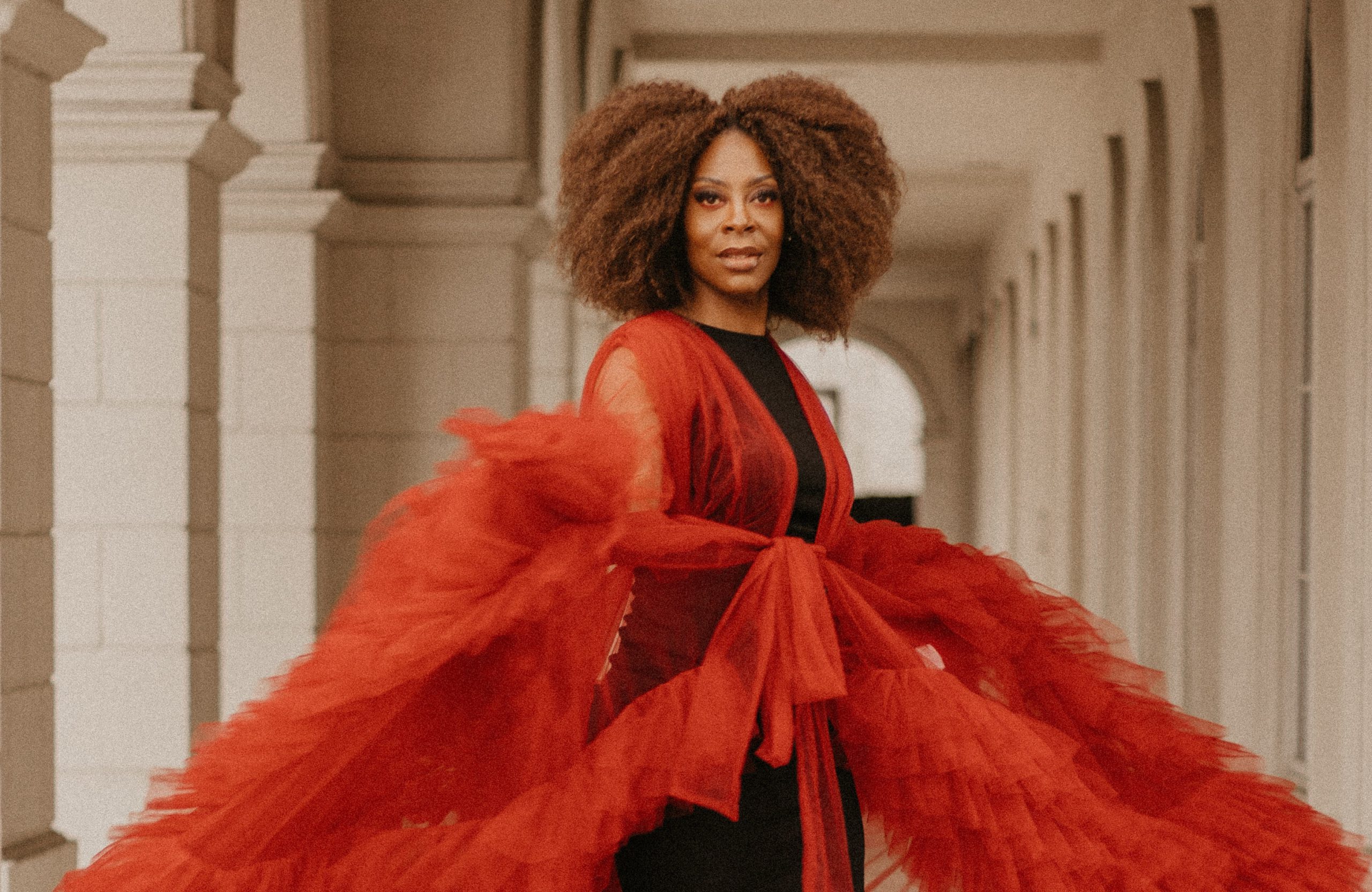Black people have always contributed and impacted fashion, whether it be at the forefront, or behind the scenes. Historically, during the 1920s, Black women such as Josephine Baker impacted and molded the trends of that decade. Baker, who not only impacted the industry of show business, also popularized the glamorous jewelry associated with the decade.
She sported many wonderfully dramatic pieces both on and off the stage along with her iconic tight finger waves and curls, which spread like a wildfire as she was performing through Europe, and eventually to the Americas.
As time passed, Black people began using fashion as a means of expression and defiance. A way to make space for themselves in places that previously refused to acknowledge them — this is what the 70s were all about, the embracing of Blackness.
During this era, Black culture took charge with the rising popularity of the afro, which can be credited to members of the Black Panther Party. Angela Davis, who refused to tame her hair, did not want to appeal and fit into the established Eurocentric standard, which was deemed socially acceptable.
Along with this came the spread of the sneaker culture, which now began extending out of the Black community and trickling its way into the mainstream. Not to mention, as well, the various disco divas such as Diana Ross and Donna Summer, who sported some of the most iconic looks of the 70s, which are still referenced today.
From the bell bottoms to Stephen Burrows’ iconic lettuce hem, there is no denying the impact in which Black culture and creatives had.
Jumping to the 90s, there’s a clear and obvious influence of Black culture on the mainstream, which came from some of the decade’s biggest celebrities, “When people think of ‘retro,’ the majority don’t think of white fashion or fashion around the 50s. They find themselves looking back to the 90s for fashion— looking at Tupac, looking at Brandy, TLC, and all those kinds of groups,” says Jezreel Asiedu, a first-year psychology student who has a background in fashion.
The modern resurgence in current trends stemming from the 90s and 2000s is a prime example of the prevalence of Black people’s impact on mainstream culture. Rap icons such as Lil’ Kim donned the red carpets in what was seen as scandalous outfits, while others, such as Missy Elliot, and Tupac, defined the times with their baggy clothes. “More on retro styles is the emerging style of Y2K, which is really hard to define with the way it’s changed now, but it’s easy to identify where the sources came from,” continues Asiedu.
Even in our modern day, the influence of Black creatives and Black culture is clearly identifiable. “The trickle-down effect of high fashion to low fashion, the trends and style from those famous brands that Black designers direct highly impact the type of garment fabric, silhouette, and even identity each style has to many other brands,” says Alicia Yi, a first-year design student who has a background in fashion management and sales.
An example of this would be Virgil Abloh’s unforgettable time at Louis Vuitton.
“The store I worked for geared to younger generations for their target customers — they always paid attention to new social media trends, famous individuals, and influencers, which all impacts the way young people think and consume fashion,” continues Yi.
Black people and our various cultures have always and will always have a lasting effect on mainstream cultures. We have done this generations before us and will do for generations ahead of us as we are the creatives, visionaries, and simply put, icons.



Great article